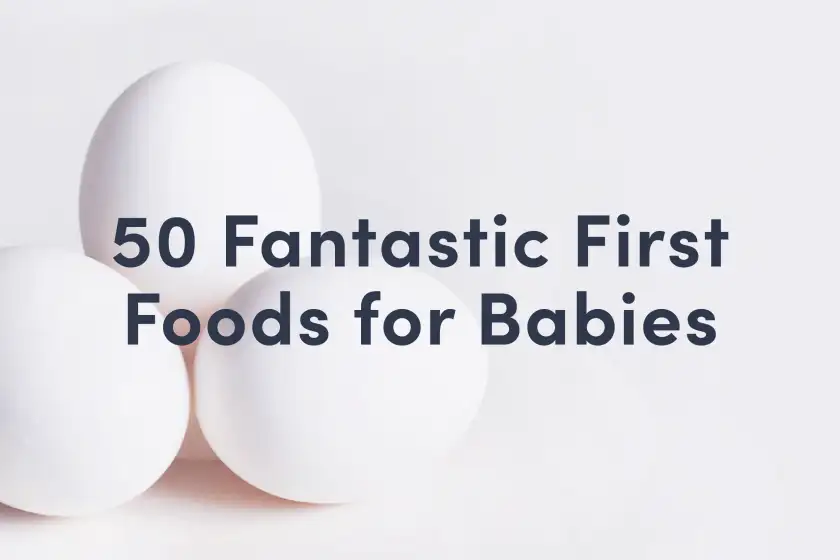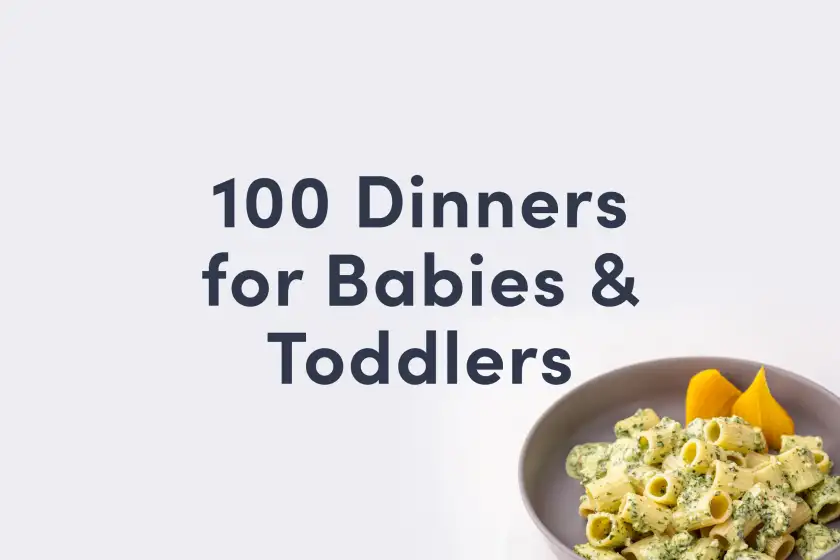Quark
Dairy
Age Suggestion
6 months
Iron-Rich
No
Common Allergen
Yes

When can babies have quark?
Quark, if pasteurized, may be introduced as soon as baby is ready to start solids, which is generally around 6 months of age. Naturally low in sodium, quark is a fantastic first cheese for babies.
Where does quark come from?
Quark is a soft unripened cow’s milk cheese also known as kvarg, ser bialy, séré, topfen, and twaróg across northern Asia and Europe. Quark is easy to prepare: cultures are added to warmed cow’s milk, and once curds form, they are skimmed and drained. Traditionally, quark is made with unpasteurized skimmed milk and left to rest at room temperature, which lets the air’s naturally-occurring bacteria begin fermentation. In contrast, most modern food processing uses pasteurized milk and citric acid or rennet (an animal enzyme). Processing techniques also create different styles with distinctive textures: quark can be creamy like yogurt, crumbly like cottage cheese, pressed like paneer, or whipped like cream cheese.
Is quark healthy for babies?
Yes, when made from pasteurized milk. Traditional quark cheese is made from raw milk, but pasteurized versions of quark are now widely available. Unpasteurized (raw) milk and the dairy products made from it can harbor pathogenic bacteria and other contaminants that can increase the risk of foodborne illness, which can be severe or even fatal in babies, whose immune systems are still developing.
Nutritionally, quark contains protein, which babies need for cell development; vitamin B12 for nervous system development; and some calcium to build strong bones. It’s also rich in probiotics to help support a healthy gut and digestion. When quark is made from buttermilk, cream, and whole milk, it offers higher levels of certain fats called phospholipids, which are the same types of fats that form the protective layer around cells. Plus, quark has much less sodium than most cheeses, making it an excellent choice for babies starting solids.
When shopping for cheese for babies, look for the following:
Pasteurized
Low in sodium (less than 100 milligrams per serving)
Made from whole milk (ideally)
For more information on how much cheese babies can eat and other frequently asked questions, see our cheese page.
Is quark a common allergen?
Yes. Quark is typically made from cow’s milk, which is a common food allergen in young children, accounting for about one-fifth of all childhood food allergies. Keep in mind that dairy products from other ruminants such as sheep, goat, and buffalo may provoke similar allergic reactions to cow’s milk dairy products. If baby is allergic to dairy, know that it is an allergy that often disappears with time. Research shows that the majority of children with cow's milk allergy will outgrow it by age 6, and many babies with milder symptoms of milk protein allergy (which can show up as painless blood in stool) are able to successfully reintroduce cow's milk as early as their first birthday, with the guidance of their doctors.
Milk is a known cause of food protein-induced enterocolitis syndrome, also known as FPIES. FPIES is a delayed allergy to food protein which causes the sudden onset of repetitive vomiting and diarrhea to begin a few hours after ingestion. Left untreated, the reaction can result in significant dehydration. Thankfully, like other forms of milk allergy, FPIES which presents early in life is generally outgrown by the time the child has reached 3-5 years of age.
For those with older children who are lactose intolerant (keep in mind this is uncommon for infants and toddlers), some good news: compared with milk and certain other dairy products, many cheeses may be better tolerated by those with lactose intolerance, particularly aged cheeses, which have a very low lactose content. While quark does have a lower lactose content compared to milk, it is higher in lactose than aged cheeses. Note that if your child is lactose-intolerant, it’s important to find calcium-rich foods to consume regularly to ensure a balanced diet and support bone health. Search for naturally low-lactose cheeses and dairy products labeled “lactose-free.”
If you suspect baby may be allergic to milk, consult an allergist before introducing dairy products like cheese. Based on baby’s risk factors and history, your allergist may recommend allergy testing, or may instead advise dairy introduction under medical supervision in the office. If the risk is low, you may be advised to go ahead and introduce dairy in the home setting. As with all common allergens, start by serving a small quantity on its own for the first few servings, and if there is no adverse reaction, gradually increase the quantity over future servings.
Is quark a choking hazard for babies?
No, quark is a spreadable, soft cheese and doesn’t pose a high choking risk. That said, in theory, an individual can choke on any food. As always, make sure you create a safe eating environment and stay within an arm’s reach of baby during meals. For more information on choking, visit our sections on gagging and choking and familiarize yourself with the list of common choking hazards.
Videos
How do you serve quark to babies?
Every baby develops on their own timeline, and the suggestions on how to cut or prepare particular foods are generalizations for a broad audience.
6 months old +:
Spread a thin layer of quark on toast for baby to grab and munch on. You can also add quark to egg strips or frittatas, or stir quark into mashed vegetables for baby. A word of caution: quark tastes delicious in desserts and drizzled with syrups, but try to hold off on foods with added sugar until after the second birthday—and be sure to steer clear of honey to minimize the risk of infant botulism.
9 months old +:
As baby’s fine motor control develops, try sticking fruit or vegetables in a bowl of quark for baby to grab and dip. You can also add quark to egg strips or frittatas, or stir it into mashed vegetables or grains for baby.
12 months old +:
Anything goes! Continue offering quark on its own, stirred into mashed vegetables, added to sauces and stuffing, or mixed into batters for muffins, pancakes, and quick breads. You can use the cheese as a vehicle to introduce new flavors from herbs and spices. You can also offer quark with a small bowl of seasoning on the side, and invite toddlers to flavor the cheese as they see fit. Toddlers enjoy choice and like to practice their independence, so if they reject seasoning, don’t fret. Simply presenting new flavors builds familiarity and positive associations with food over time.
Mix up your mornings with ideas from our guide, 50 Breakfasts for Babies & Toddlers.
Written by
Expert Tips Delivered to Your Inbox
Sign up for weekly tips, recipes and more!
The content offered on SolidStarts.com is for informational purposes only. Solidstarts is not engaged in rendering professional advice, whether medical or otherwise, to individual users or their children or families. No content on this site, regardless of date, should ever be used as a substitute for direct medical advice from your doctor or your medical or health professional, nutritionist, or expert in pediatric feeding and eating. By accessing the content on SolidStarts.com, you acknowledge and agree that you are accepting the responsibility for your child’s health and well-being. In return for providing you with an array of content “baby-led weaning” information, you waive any claims that you or your child may have as a result of utilizing the content on SolidStarts.com.










